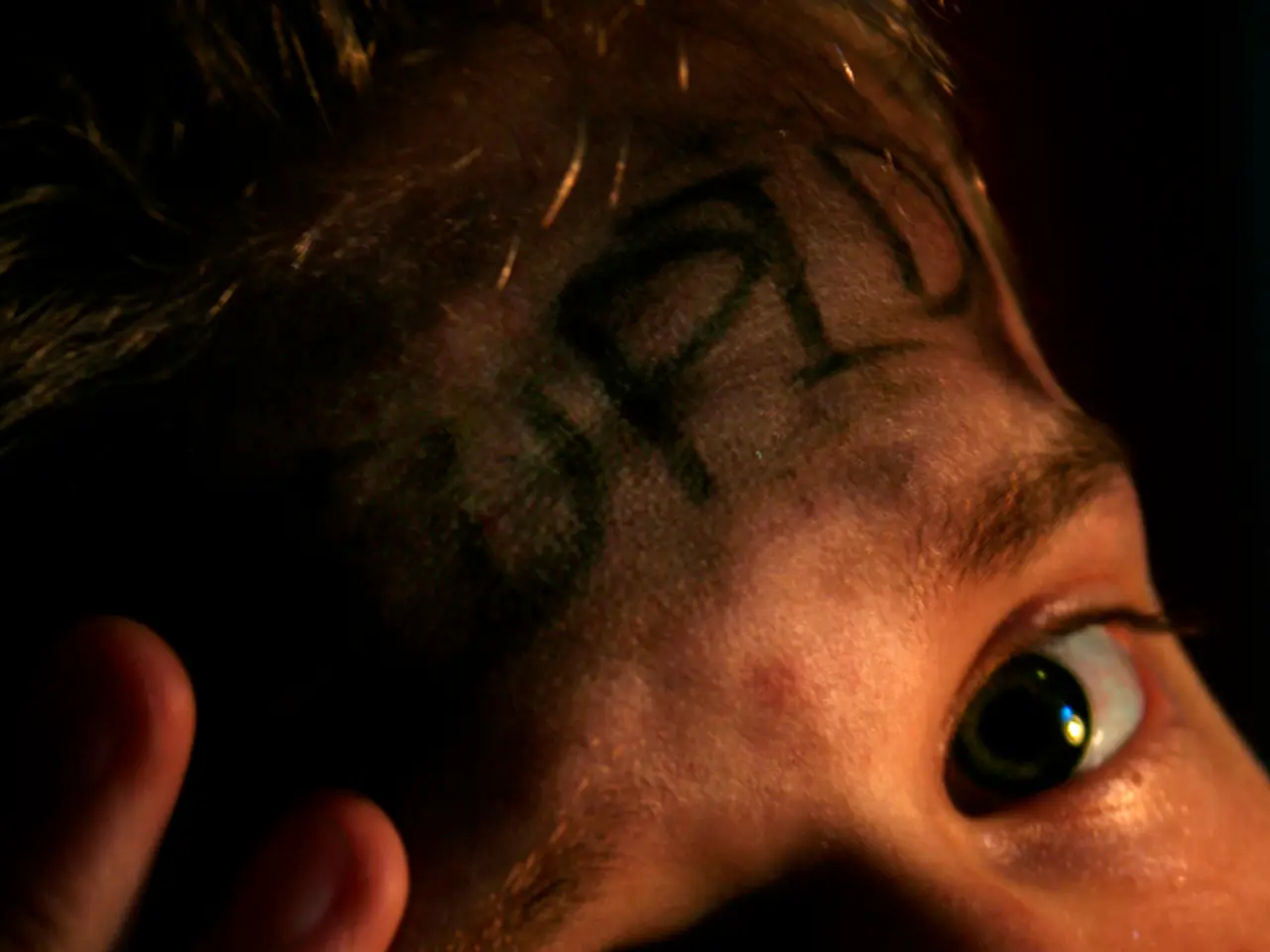Uncommon Brain Ailments Revealed: An Insight into Five Abnormal Conditions Affecting the Mind
In the intricate labyrinth of our minds, a multitude of mysteries await discovery. These mysteries are often unveiled through the study of rare brain disorders, providing insights into the complex workings of our brains and our sense of reality.
One such condition is Capgras Delusion, a fascinating phenomenon that reveals something profound about how our brains construct our reality. Sufferers of this condition believe that someone close to them has been replaced by an identical impostor. Capgras Delusion is often associated with dementia, particularly Lewy body dementia, schizophrenia, and traumatic brain injury.
Another intriguing disorder is Foreign Accent Syndrome (FAS), a rare speech disorder where patients inexplicably adopt a foreign accent after brain injury or stroke.
The human brain, a marvel of nature, contains approximately 86 billion neurons. Yet, despite its size and complexity, it can sometimes malfunction, leading to conditions like Alien Hand Syndrome. This syndrome typically results from damage to the corpus callosum, the supplementary motor area, or the anterior cingulate cortex.
Advances in neuroimaging, genetic analysis, and neuroplasticity research are opening new avenues for treating these rare brain disorders. For instance, Transcranial magnetic stimulation (TMS) and deep brain stimulation show promise for conditions involving localized dysfunction.
Capgras Delusion, FAS, and Alien Hand Syndrome are not alone in their rarity. Alice in Wonderland Syndrome (AIWS) is a neurological condition that causes distorted perception, particularly of visual size. AIWS is frequently associated with migraines, epilepsy, infections, and certain medications.
The study of these rare disorders also sheds light on the more common experiences of the general population. A 2018 study found that psychosis-like experiences occur in approximately 5-8% of the general population. Mild hallucinations, temporary dissociative states, or fleeting delusions can occur in up to 70% of "neurotypical" individuals.
Moreover, many neurological symptoms exist on a spectrum that includes both clinical populations and the general public. The brain exists on a spectrum of function, not in clear-cut categories of "healthy" versus "disordered."
Neuroscientists continue to unravel the mysteries of how the brain creates our experience of being human. The development of neural interface technology offers hope for patients with conditions that don't respond to current treatments.
Research documenting the occurrence of Cotard's Delusion, a condition characterized by the belief that one is dead or does not exist, was first systematically described in the early 20th century. Since then, numerous neurological and psychiatric studies have been conducted internationally, though specific landmark research dates and locations are not detailed in the available search results.
In conclusion, the study of rare brain disorders not only provides valuable insights into the workings of the human brain but also serves to remind us of the continuum of human experience. From the most common to the most rare, our brains are a testament to the complexity and wonder of the human condition.
Read also:
- Understanding Hemorrhagic Gastroenteritis: Key Facts
- Stopping Osteoporosis Treatment: Timeline Considerations
- Tobacco industry's suggested changes on a legislative modification are disregarded by health journalists
- Expanded Community Health Involvement by CK Birla Hospitals, Jaipur, Maintained Through Consistent Outreach Programs Across Rajasthan








